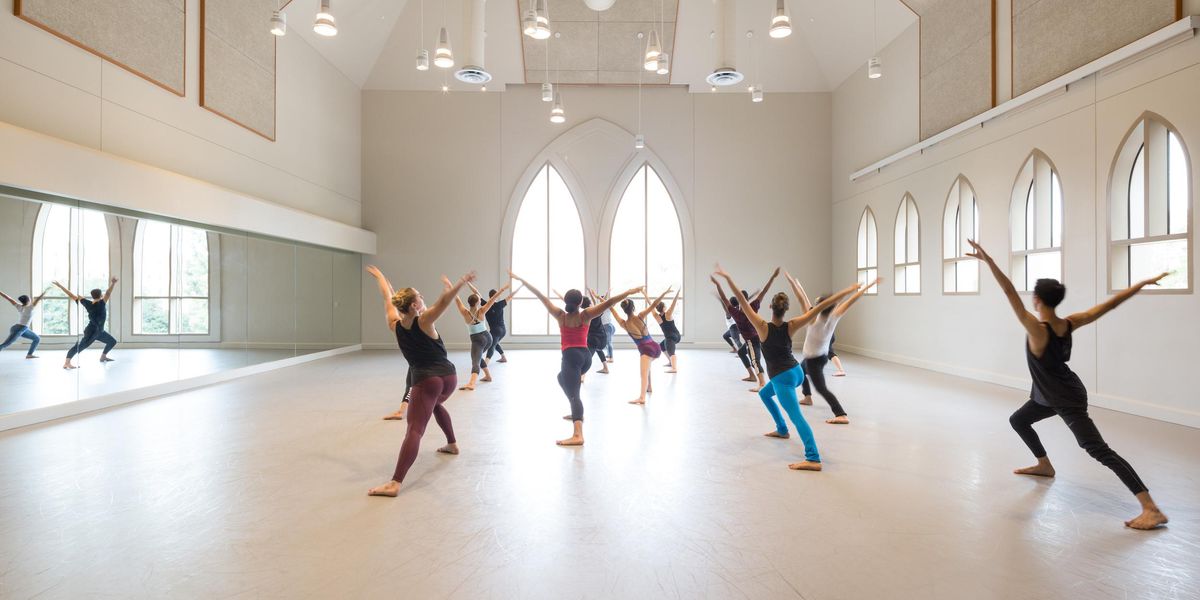A Moving Picture: Anna Karenina
The Focus Features film Anna Karenina, out in limited release this Friday Nov. 16, is more like a live dance performance than you might guess. While its narrative sticks closely to that of Tolstoy’s seminal novel, the action takes place almost entirely in an old Russian theater. Ropes and pulleys are visible; townspeople loiter on catwalks that stand in for streets; a character will exit a scene through a door in a backdrop, stagehands will shift the set over and replace it, and the character will re-enter the stage area in what is meant to be a different location.
It seems that director Joe Wright intended for this theatricality to draw attention to the fact that the characters, with their hidden agendas, polite half-truths, and outright lies, are performing for one another. Wright’s choice of setting has received mixed critical reactions in the U.K. and the States, namely that it gets in the way, preventing the viewer from connecting with the characters.
But I think dancers, familiar with the mechanics of how the stage reinvents itself over the course of an evening, are more likely to let the “interruptions” pass as normal—and appreciate the creative choices. And the film’s choreography, courtesy of Sidi Larbi Cherkaoui, truly enriches the film.
Cherkaoui, a resident artist at Sadler’s Wells whose vocabulary has been likened to “physical calligraphy” in our pages, has provided unexpected touches to both the ballroom scenes and to smaller moments as scenes shift or characters interact. The camera lingers on hands held just so; there are frozen tableaus of partygoers, unexpected linking of elbows. If you pay attention, there are lots of rewarding little physical gems. As Hollywood increasingly borrows storylines and characters from the dance world, with mixed success, it’s this kind of seamless integration that we find exciting.




